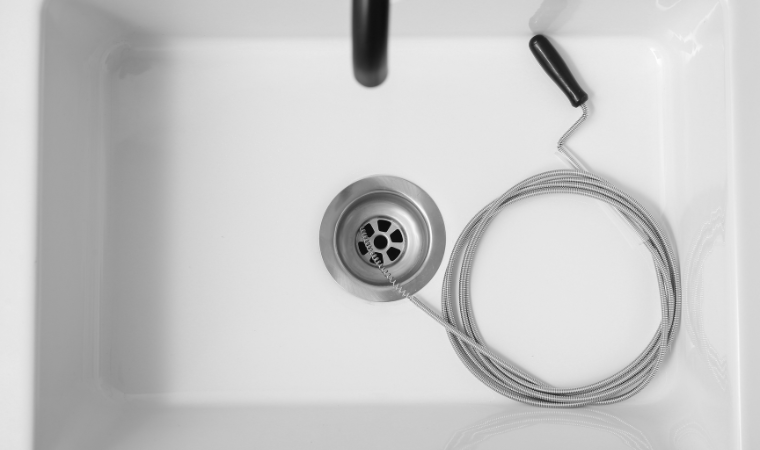A smoothly working drain is something most people take for granted until water starts pooling in sinks, tubs, or showers. When a drain backed up situation happens, it quickly disrupts daily routines and can create bigger plumbing issues if not handled promptly. Understanding why drains back up, how to respond, and what steps to take for prevention can save both time and money.
Why Drains Back Up
A backup occurs when something blocks water flow inside the pipes. The obstruction could be close to the fixture or deeper in the main sewer line. Once water has no clear path, it returns to the surface, often bringing unpleasant odors and debris with it.
Common Causes of a Drain Backed Up
1. Hair and Soap Scum
In bathrooms, hair tangles with soap residue, forming sticky clogs in sink and shower drains.
2. Food Waste and Grease
Kitchen drains often back up when food scraps, cooking oils, and grease harden inside pipes. Even with garbage disposals, items like rice, pasta, or coffee grounds create problems.

3. Foreign Objects
Small items such as cotton swabs, toys, or hygiene products accidentally entering drains cause immediate blockages.
4. Tree Roots
In older sewer lines, tree roots can invade pipes, growing until they completely block water flow.
5. Pipe Damage
Cracked or collapsed pipes narrow the passage for water, making clogs more likely.
6. Main Sewer Line Issues
Sometimes the problem isn’t in one fixture but in the main line that connects the home to the municipal system. When this line clogs, multiple drains back up at once.
Signs That a Backup Is Developing
Recognizing early warnings helps prevent severe water damage:
- Slow draining sinks or tubs.
- Gurgling noises from drains or toilets.
- Foul odors near sinks, tubs, or floor drains.
- Water backing into one fixture when another is used (e.g., water rising in the tub when the toilet flushes).
How to Handle a Drain Backed Up
When water refuses to go down, there are a few safe first steps:
- Try a plunger: A few firm plunges often dislodge minor clogs.
- Use a drain snake: For clogs that are deeper, a small hand auger can break up blockages.
- Flush with hot water: In kitchen drains, boiling water sometimes melts grease buildup.
Avoid using harsh chemical drain cleaners. While they may provide temporary relief, they often damage pipes over time and create safety hazards.

Preventing Future Backups
Long-term prevention is the best strategy:
- Get rid of grease and oils in the trash, not the sink.
- Run hot water after washing greasy dishes to clear residue.
- Schedule routine drain cleaning for older plumbing systems.
- Inspect and maintain outdoor sewer lines if your property has mature trees.
When to Call a Professional
Some clogs are too stubborn or too deep for DIY methods. Call a plumber if:
- Multiple drains in your home are backing up at the same time.
- You notice sewage odors or wastewater pooling around floor drains.
- Backups happen repeatedly despite cleaning efforts.
- There are signs of pipe damage such as water stains, dampness, or cracks.
Plumbers use advanced tools like motorized augers, hydro-jetting equipment, and sewer cameras to locate and clear serious blockages effectively.

